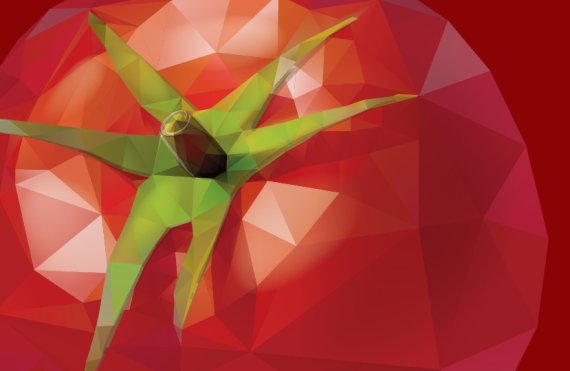| Digital Twins | The idea behind Digital Twins is to create computer models of objects and processes that get updated with new data from their real-world counterparts in real-time. WUR makes almost 1.2 million euros available per project. This is part 1 of a series; updates on the other flagship projects will follow: personalised nutritional advice and the digital farm. |
|---|
Evers is working on the Virtual Tomato Crops project with a team of twelve scientists from Plant Sciences, Social Sciences, Environmental Sciences and other groups. ‘Unlike conventional crop models, this digital twin model is constantly updated with what is happening in the actual greenhouse’, says Evers. ‘As such, the model becomes increasingly accurate.’
With this data, the researchers can create a digital 3D model of the greenhouse and the plants and make predictions about the tomato greenhouse in the real world. Evers: ‘For example, we can predict growth and use those predictions to automatically adjust greenhouse settings such as lighting, humidity and temperature in order to optimise growth.’

We could calculate what would happen if we used a new variety of tomatoes – perhaps even one that doesn’t even exist yet.
Jochem Evers, Centre for Crop Systems Analysis
To a certain extent, this is also possible with existing simulation models. But Evers thinks bigger. ‘Wouldn’t it be extremely exciting if we could use the digital twins to calculate certain scenarios for which we cannot easily set up an actual experiment? To find out what would happen if we used a different kind of glass for the greenhouse, for example, or if we used a new variety of tomatoes – perhaps even one that doesn’t even exist yet.’
In the future, he hopes to use the digital twins in the search for optimal combinations between plant characteristics and environmental factors. In that approach, the researchers also want to make use of the Netherlands Plant Eco-phenotyping Centre (NPEC), which is currently under construction on campus and where research will be conducted into the effects of genes and environment on plants. ‘We will be able to map plants down to the most minute details. That data will be great input for our digital twins.’
The first step is to create a prototype digital twin of the tomato greenhouses on campus. In the future, the researchers may collaborate with industry as well. ‘Several companies have expressed their interest, but it is still too early to make any statements on that.’

